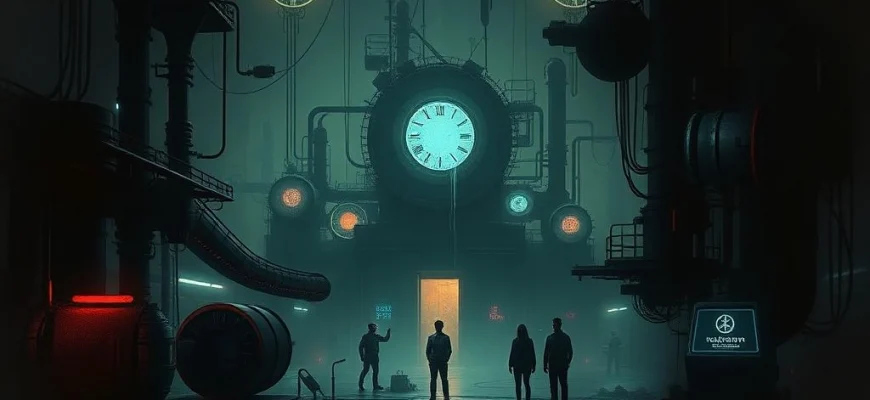If you were captivated by the surreal and unsettling world of 'Eraserhead' (1977), you're likely craving more films that delve into the bizarre and thought-provoking. This article explores 10 movies and shows that share the same eerie atmosphere, psychological depth, and avant-garde storytelling as David Lynch's cult classic. Whether you're a fan of nightmarish visuals or existential dread, these recommendations will satisfy your craving for the uncanny.

The Cabinet of Dr. Caligari (1920)
Description: A pioneering work of German Expressionism, featuring distorted sets and a nightmarish atmosphere, delving into themes of madness and control with a visually unsettling style.
Fact: The film's twist ending is considered one of the first in cinema history. Its sets were designed to reflect the characters' psychological states, using sharp angles and exaggerated shapes.
 Watch Now
Watch Now 
The Tenant (1976)
Description: A psychological horror film that immerses the viewer in the protagonist's descent into paranoia and identity dissolution, with a claustrophobic and eerie atmosphere.
Fact: The film was shot in the same Parisian apartment building where the director lived. It features a scene where the protagonist dresses as a woman, blurring gender lines.
 Watch Now
Watch Now 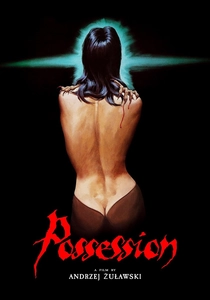
Possession (1981)
Description: A deeply unsettling and intense psychological horror film that explores themes of marital breakdown and existential dread, with a visceral and chaotic visual style.
Fact: The film was banned in the UK as a 'video nasty' due to its extreme content. It features a notorious subway scene that has become iconic in horror cinema.
 Watch Now
Watch Now 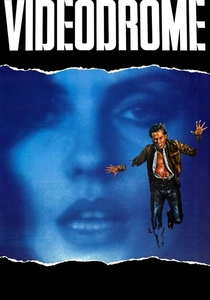
Videodrome (1983)
Description: A surreal and disturbing exploration of media's influence on reality, blending body horror with psychological unease, creating a nightmarish and hallucinatory experience.
Fact: The film's special effects were so groundbreaking that they were studied by the FBI for potential real-world implications. It was initially banned in several countries due to its graphic content.
 Watch Now
Watch Now 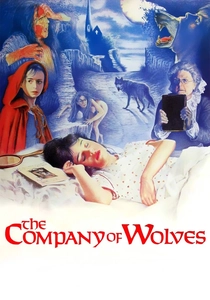
The Company of Wolves (1984)
Description: A dark and surreal retelling of fairy tales, blending horror and fantasy with a dreamlike narrative structure, exploring themes of transformation and primal fears.
Fact: The film's special effects were created using practical techniques, including stop-motion animation. It features a scene where a man transforms into a wolf in a gruesome sequence.
 Watch Now
Watch Now 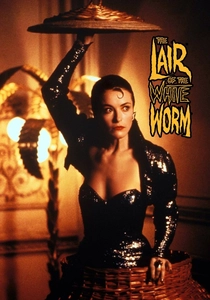
The Lair of the White Worm (1988)
Description: A bizarre and campy horror film that blends surreal imagery with dark humor, featuring grotesque creatures and a dreamlike, almost hallucinatory narrative.
Fact: The film is loosely based on a novel by Bram Stoker, the author of 'Dracula.' It features a scene where a character plays a seductive tune on a pan flute.
 Watch Now
Watch Now 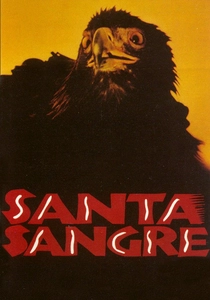
Santa Sangre (1989)
Description: A visually striking and deeply unsettling film that merges grotesque imagery with psychological horror, exploring themes of trauma and madness through a dreamlike narrative.
Fact: The film was shot in Mexico and features a circus setting, blending elements of surrealism and horror. It was Alejandro Jodorowsky's return to filmmaking after a long hiatus.
 Watch Now
Watch Now 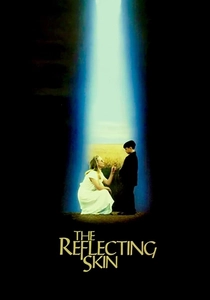
The Reflecting Skin (1990)
Description: A haunting and visually poetic film that combines gothic horror with coming-of-age themes, presenting a child's distorted perception of reality in a bleak and surreal landscape.
Fact: The film was shot in Canada, using the vast, empty landscapes to enhance its eerie atmosphere. It features a young Viggo Mortensen in one of his early roles.
 Watch Now
Watch Now 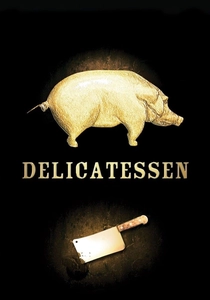
Delicatessen (1991)
Description: A darkly comedic and surreal post-apocalyptic tale, blending grotesque humor with a visually inventive style, creating a world that feels both absurd and nightmarish.
Fact: The film's soundtrack was composed using unconventional instruments, including a musical saw. It was the directorial debut of Jean-Pierre Jeunet and Marc Caro.
 Watch Now
Watch Now 
The City of Lost Children (1995)
Description: A visually rich and bizarre fantasy film with a dark, dreamlike quality, exploring themes of childhood, dreams, and grotesque characters in a dystopian setting.
Fact: The film's unique visual style was achieved using a combination of practical effects and miniatures. It features a villain who cannot dream and steals children's dreams instead.
 Watch Now
Watch Now 
